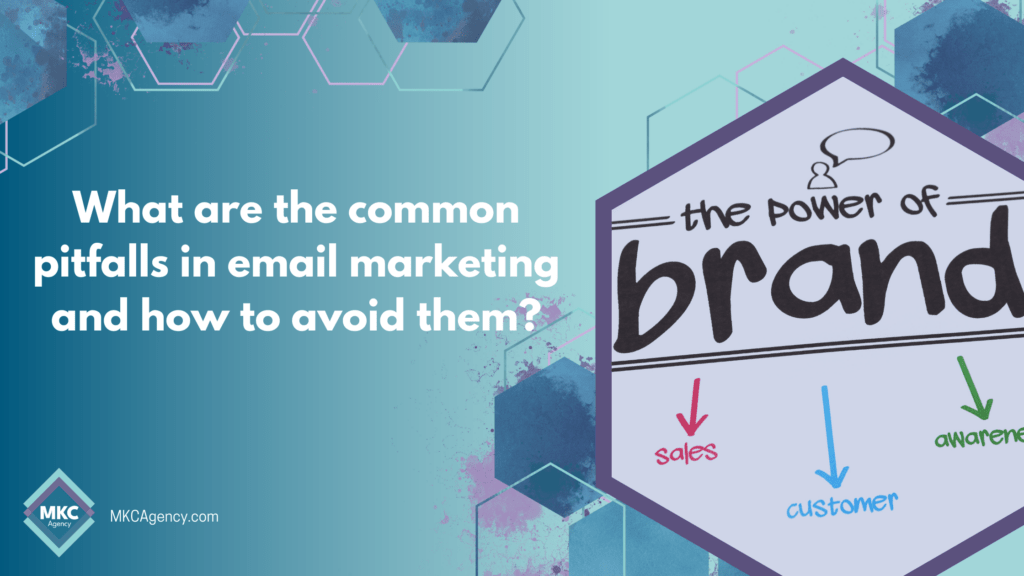Dive into the world of email marketing where potential is immense but so are the pitfalls. Let’s navigate together through common mistakes and carve out strategies for success.
Understanding Email Marketing Basics
Before diving deep into the intricacies, it’s crucial to grasp the essence of email marketing. This involves recognizing it as a direct form of marketing that connects you intimately with your subscribers, offering them value and compelling reasons to stay engaged.
It’s also worth noting the difference between permission-based email marketing and unsolicited spam. Understanding this distinction is the first step in ensuring your email campaigns are both ethical and effective.
Identifying Common Email Marketing Mistakes
One of the most glaring mistakes is the ‘spray and pray’ method, where emails are blasted without segmentation or personalization. This not only leads to high unsubscribe rates but also diminishes brand reputation.
Ignoring the importance of mobile optimization is another misstep. With an increasing number of emails being opened on mobile devices, overlooking this aspect can severely impact your email’s readability and engagement.
Improving Email Open Rates
Improving open rates starts with compelling subject lines that grab attention. These should evoke curiosity or offer value, making it irresistible for recipients not to click.
Timing also plays a crucial role. Sending emails when your audience is most likely to engage can significantly boost open rates. Experiment with different days and times to find your optimal emailing schedule.
Crafting Engaging Content
The heart of email marketing lies in delivering content that resonates with your audience. This involves understanding their pain points, interests, and desires, and crafting messages that provide real solutions and value.
Segmenting Your Audience Effectively
Segmentation allows you to tailor your messaging for different portions of your audience, ensuring relevancy and increasing engagement. Effective segmentation can be based on demographics, past purchases, engagement history, or even subscriber behavior.
Navigating Spam Filters and Regulations
Understanding and adhering to email regulations, such as the CAN-SPAM Act, is crucial to ensure your emails reach your subscribers’ inboxes. Equally, crafting emails that avoid triggering spam filters involves using authentic sender information, relevant subject lines, and providing a clear opt-out option.
Consistently cleaning your email list to remove unengaged subscribers also helps in maintaining a healthy sender reputation, further ensuring your emails dodge the spam folder.
Monitoring and Adjusting Email Campaigns
The power of email marketing is magnified by diligent monitoring and adjustment. Analyzing key performance indicators (KPIs) like open rates, click-through rates, and conversion rates can provide insights into what’s working and what’s not, allowing for strategic adjustments.
Utilizing A/B Testing
A/B testing, or split testing, is a method of comparing two versions of an email to see which one performs better. This can apply to subject lines, email content, call to action (CTA) buttons, or even send times, enabling marketers to refine their strategies based on concrete data.
Leveraging Analytics for Better Results
The last piece of the puzzle is analytics. By deeply analyzing your email campaigns’ performance, you can glean invaluable insights that help tailor future strategies. Analytics can show you not just where you’re going right or wrong, but why, enabling a more nuanced approach to your email marketing efforts.
Key Takeaways for Mastering Email Marketing
Adopting a strategic approach to email marketing involves more than crafting compelling emails; it entails understanding your audience, respecting regulations, and continuously optimizing your strategies. By steering clear of common pitfalls, you embrace the opportunity to transform your email marketing into a powerful channel for engagement and growth. Remember, success in email marketing isn’t just about avoiding mistakes—it’s about proactive improvement and adaptation.

